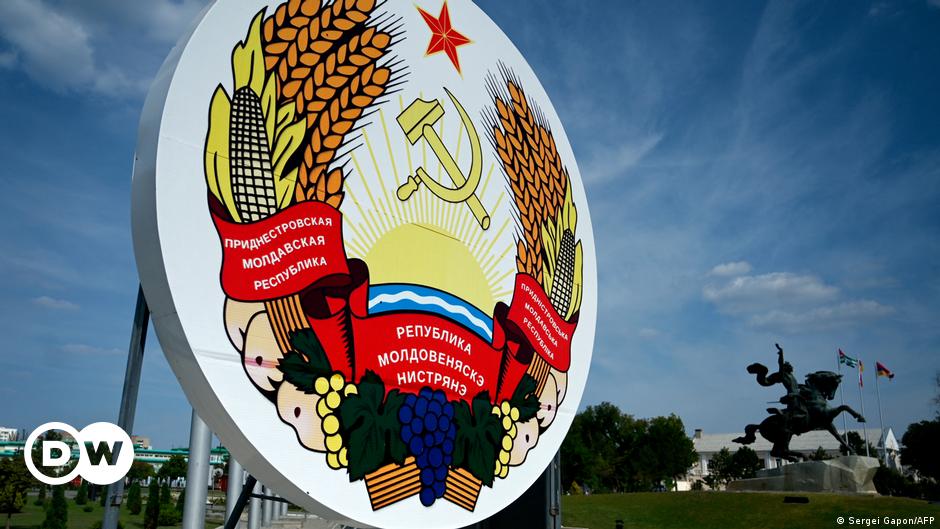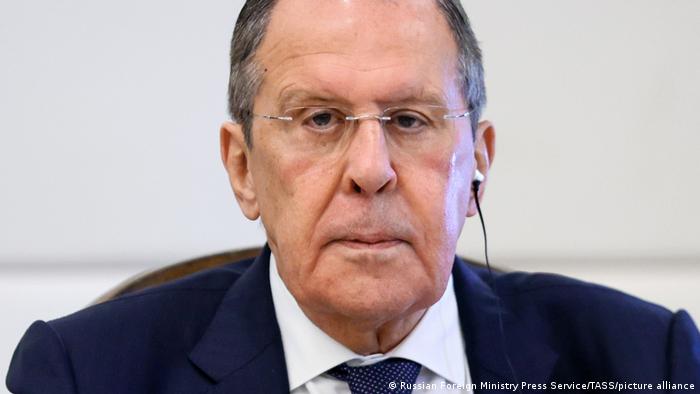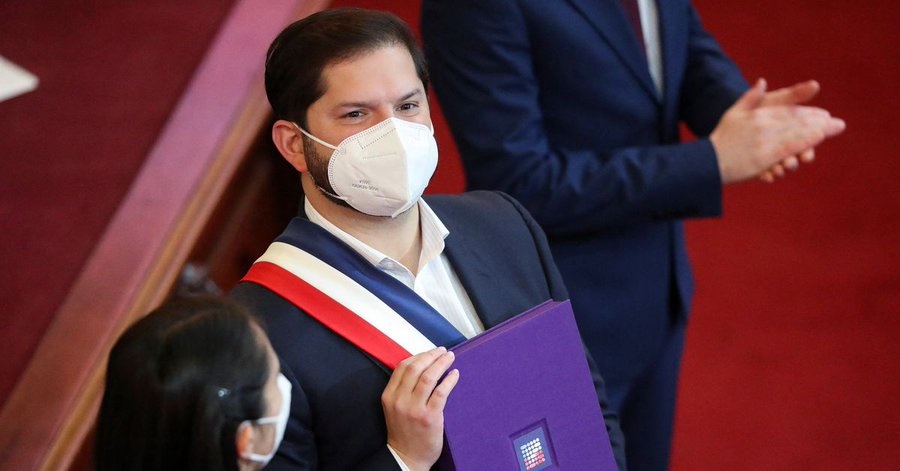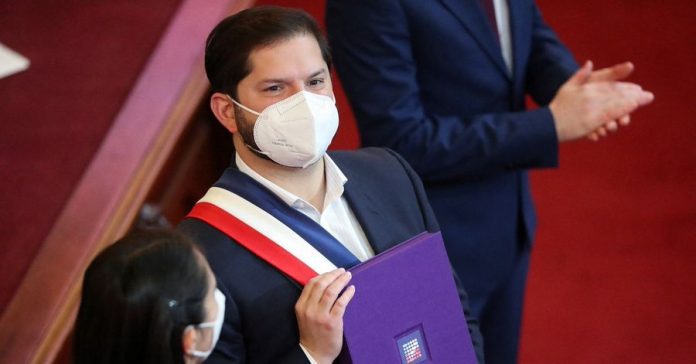OSINT in Current and Future Military Operations
In recent years, the international security environment has evolved in a way that lays greater emphasis on information gathering and analysis. This is largely due to the proliferation of digital technologies and the internet, which have made it easier for individuals, organisations, and governments to access, share, and disseminate information. As a result, the traditional concept of ‘national security’ has expanded to include cyber security, information security, and online propaganda.
In this context, ‘Open-Source Intelligence’ (OSINT) has emerged as an important tool and resource for governments, militaries, intelligence organisations, and individuals. It refers to information that is publicly available and can be collected from a wide range of sources, including the internet, social media, newspapers, and government websites.
The rise of information warfare and the need for intelligence on digital fronts has made OSINT an even more crucial resource for organisations dealing with the national security of a state. Various examples and case studies show it can provide valuable information that can be used to make informed decisions about foreign policy, intelligence operations, and military strategy; understand and respond to global security threats; support military operations; and gain a deeper understanding of conflicts. By analysing data from various sources such as social media, online forums, and satellite imagery, OSINT analysts can gain a better understanding of movements and activities in conflict areas. For instance, the US military used OSINT to track and monitor the Islamic State of Iraq and Syria (ISIS), through information on the location, movements, and activities of ISIS leaders and fighters, as well as its financial and logistical networks. Thereby, becoming a true force multiplier.
Not only this, OSINT can be used to monitor and counter disinformation, propaganda, and misinformation, which are widely used by state and non-state actors to influence public opinion and political decisions. The ongoing Russia-Ukraine War, characterised by a high degree of disinformation and propaganda on both sides, is also a case study of OSINT. One of the key aspects of…


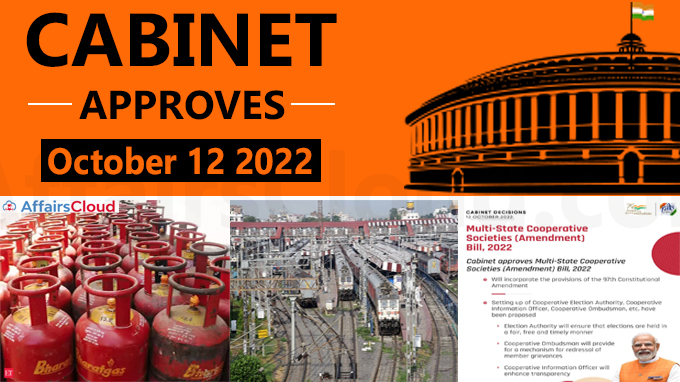 On October 12, 2022, the Union Cabinet chaired by the Prime Minister (PM) of India Narendra Modi has approved the following proposals which were detailed by Union Minister Anurag Singh Thakur, Ministry of Information and Broadcasting (MIB) during media briefing in New Delhi, Delhi:
On October 12, 2022, the Union Cabinet chaired by the Prime Minister (PM) of India Narendra Modi has approved the following proposals which were detailed by Union Minister Anurag Singh Thakur, Ministry of Information and Broadcasting (MIB) during media briefing in New Delhi, Delhi: